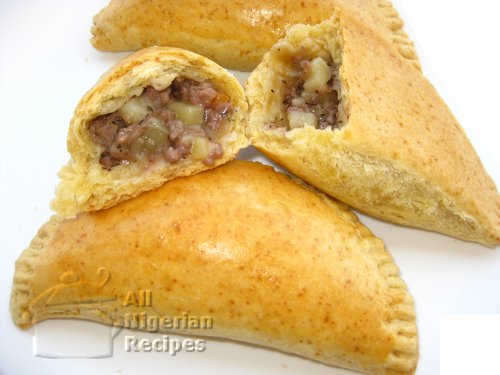The Allure of Meat Pies: A Culinary Tradition
Meat pies have a storied history that spans continents and centuries. From the humble origins of ancient civilizations to the global culinary stage of today, meat pies have earned their place as a beloved dish in many cultures. This article explores the rich history, variations, and cultural significance of meat pies, shedding light on why they remain a staple in kitchens around the world.
A Brief History
The origins of meat pies can be traced back to ancient Greece and Rome, where they were made with a variety of fillings encased in a pastry shell. These early pies often included meat, fish, or vegetables and were used both as a way to preserve food and as a convenient meal for travelers.
During the medieval period, meat pies became a popular dish in Europe. The pastry crust was known as a “coffin” or “crust,” serving as both container and flavor enhancer. These pies were often filled with a mix of meats, spices, and sometimes even sweet ingredients. The crust was initially quite thick and hard, designed to protect the filling during cooking and storage.
As time went on, meat pies evolved. The pastry became lighter and more refined, and the variety of fillings expanded. In the 16th century, meat pies began to take on regional characteristics, influenced by local ingredients and culinary traditions.
Global Variations
1. United Kingdom: Perhaps the most iconic meat pie in the UK is the traditional steak and kidney pie. British meat pies often feature hearty fillings such as beef, lamb, and various cuts of meat, accompanied by rich gravies. The Cornish pasty, a pastry filled with meat, potatoes, and vegetables, is another classic, originally designed as a portable meal for miners.
2. Australia and New Zealand: In Australia and New Zealand, meat pies are a popular snack or quick meal. The Aussie meat pie typically contains minced beef, gravy, onions, mushrooms, and sometimes cheese. Variations include the famous “meat pie with tomato sauce” often enjoyed at sporting events. The Kiwi meat pie can feature a variety of fillings, including steak and cheese or mince and onion.
3 France: The French take on meat pies often involves elaborate pastries and sophisticated fillings. A well-known example is the pâté en croûte, a type of pie made with a rich, flaky pastry and filled with a mixture of meats, often including pork, veal, or duck.
4. United States: In the US, meat pies have less prominence compared to other savory dishes but still hold a place in regional cuisines. In the southern states, for instance, you might find chicken pot pies, which are typically filled with chicken, vegetables, and a creamy sauce, all encased in a flaky crust.
5. Turkey: In Turkey, meat pies are represented by the Börek, which is made with thin layers of pastry (yufka) filled with spiced minced meat, cheese, or vegetables. Börek is a versatile dish that can be served in various forms, from rolled to layered.
Cultural Significance
Meat pies are more than just a meal; they are a cultural symbol in many regions. In the UK, the meat pie is often associated with comfort food and pub culture, frequently enjoyed with a pint of beer. In Australia, the meat pie is a quintessential part of the national identity, reflecting the country’s history of British colonization and adaptation.
In Turkey, Börek has historical roots in Ottoman cuisine and continues to be a beloved dish, often served at special occasions and gatherings. In France, pâté en croûte reflects the country’s rich culinary tradition and the art of pastry making.
Modern Adaptations
In contemporary times, meat pies have adapted to modern tastes and dietary preferences. Vegetarian and vegan versions are becoming increasingly popular, using plant-based meats or a variety of vegetables to mimic traditional fillings. Additionally, global influences have introduced new flavors and combinations, from spicy Indian-inspired meat pies to fusion dishes blending traditional recipes with contemporary twists.
